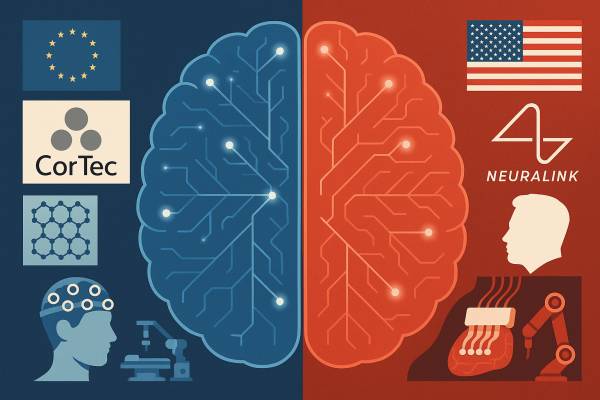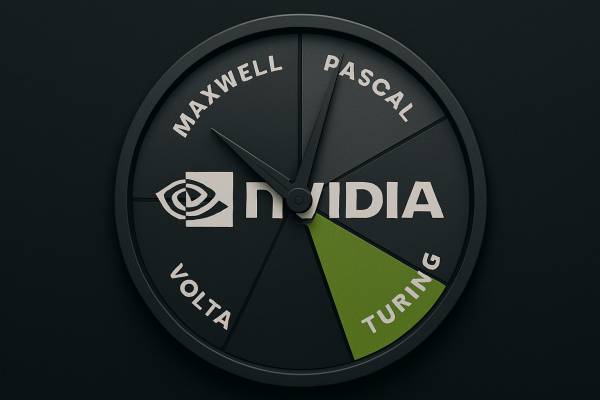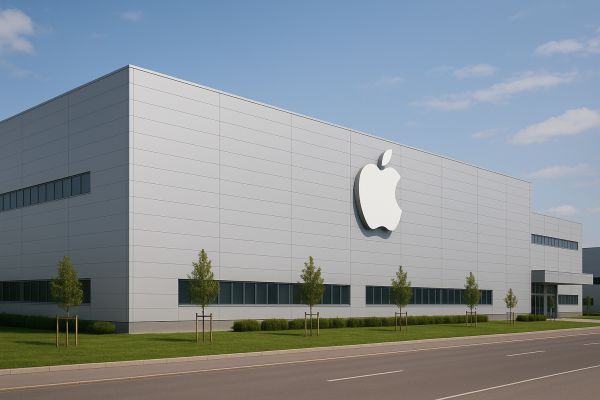The development of artificial intelligence over the past decade has been closely linked to the name NVIDIA, which has become the dominant player in the market with its graphics processing units (GPUs). A significant portion of today's AI models are built on these GPUs, and NVIDIA's decade-old software ecosystem—especially the CUDA platform—has become an indispensable tool for research, development, and industrial applications. At the same time, in recent years, the biggest players in the technology sector – including Google, Amazon, Meta, and Microsoft – have been turning with increasing momentum toward AI chips developed in-house and optimized for specific tasks, known as ASICs.
ASIC (Application-Specific Integrated Circuit) chips are not designed for general-purpose computing like GPUs, but are hardware-optimized for specific tasks, such as running AI models. As a result, their energy efficiency and operating costs can be significantly lower. Google, for example, has reported that its own TPU (Tensor Processing Unit) chips consume three times less energy than NVIDIA AI GPUs and can be up to 1.7 times faster in certain tasks. Advanced ASICs already achieve a performance density of 142 TOPS/W, while their power consumption typically does not exceed 350 watts – this is particularly noteworthy for models that work with hundreds of billions of parameters.
Large companies are also interested in ASICs because of the significant reduction in total cost of ownership (TCO). According to industry analyses, these chips can reduce AI infrastructure costs by as much as 30-50 percent, especially for large-scale applications. This applies not only to hardware procurement, but also to operating costs such as cooling and power supply. In addition, custom-designed chips allow companies to reduce their dependence on external suppliers, which can result in a more stable supply and a better-controlled cost structure in the long term.
There are also economic considerations behind this: to offset the so-called “Nvidia tax” – i.e., the often high price associated with NVIDIA chips – in-house development is becoming an increasingly attractive alternative. Google and Amazon are already planning to ship a total of more than three million ASIC chips by 2025, which is estimated to be half of NVIDIA's annual AI GPU supply. By 2026, with Meta's entry, the shipment volume of ASIC chips could even exceed that of GPUs.
However, despite the rapid advancement of the technology, it is important to note that ASICs do not replace GPUs in all respects. The biggest limitation at present is the software ecosystem. NVIDIA's CUDA platform is now the basis for the work of more than 30 million developers. This system is so deeply embedded in AI development that a complete switch to ASICs would require not only hardware investment but also a complete software redesign. The immaturity of alternative platforms—such as Google TPUs—often poses a significant barrier to widespread adoption, especially for smaller developer communities or research institutions.
Another challenge is chip manufacturing. Advanced manufacturing technologies such as TSMC's CoWoS packaging process are a bottleneck, with some estimates suggesting that they allow for the production of no more than 300,000 to 400,000 ASICs per year. Meta's next-generation chips (MTIA T-V1 and T-V2), for example, are already in the design phase, but without manufacturing capacity, their market launch is uncertain.
NVIDIA's response was not long in coming. The company's new NVLink protocol allows processors and ASICs from other manufacturers to be directly connected to NVIDIA GPUs, offering a kind of “open collaboration” for those who do not wish to abandon the GPU-based ecosystem entirely. Meanwhile, the company continues to spend more than $16 billion annually on research and development, far exceeding the amount spent on ASIC development.
Industry analysis clearly indicates that the rise of ASIC chips does not spell the end of GPUs, but rather the specialization of the AI hardware ecosystem. ASICs are extremely efficient at well-defined, stable tasks, such as AI model inference, while GPUs remain indispensable for developing, testing, and scalable training of new algorithms.
The future is therefore much more about coexistence than replacement. The development of artificial intelligence is not the result of a single technology, but rather an ecosystem of complementary solutions. In this equation, ASIC chips symbolize efficiency and goal-oriented operation, while NVIDIA GPUs represent flexibility, software support, and freedom of development. The challenge for industry players is to combine the advantages of these two worlds in a way that lays the foundation for the next phase of artificial intelligence development.
































